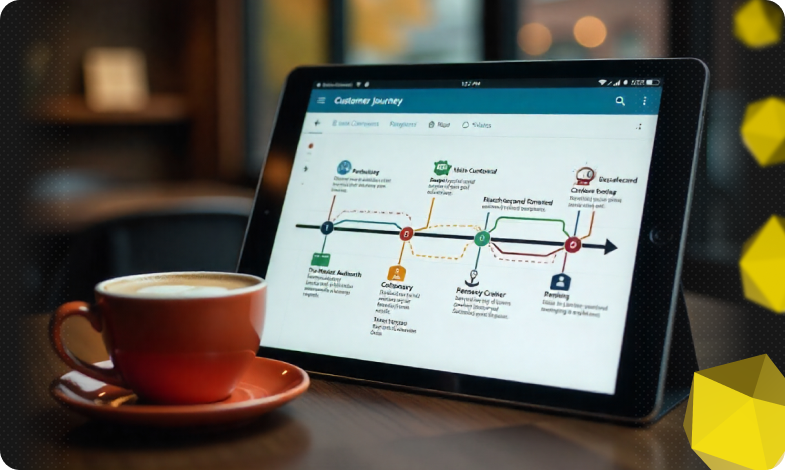Content of the article

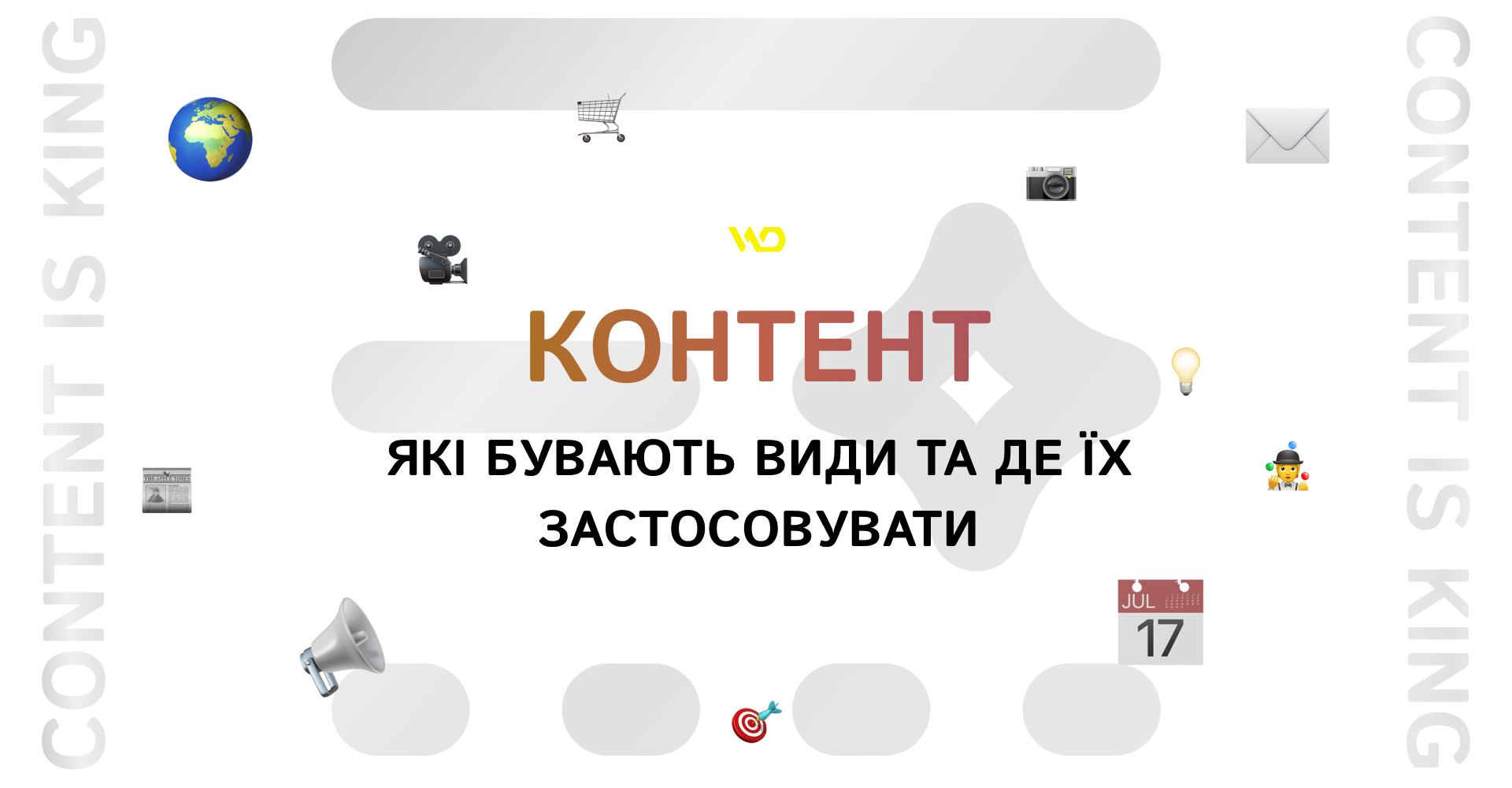
Today, any effective digital marketing strategy is based on diverse and high-quality content. Digital content is defined as information – textual, visual, video, audio, or interactive – that is created, published, and distributed on the Internet and social media. In this article, we’ll look at what types of digital content there are, where they are best used, and what it looks like in practice.
What is content: definition and key characteristics
Content is any marketing material with informational, educational, or entertainment value that builds a brand image and keeps the audience’s attention. Effective digital material is characterized by four basic properties.
- Relevance to the audience. Materials meet the interests and needs of a specific target group. For example, a text about making custom boxes describes practical tips on choosing materials and organizing logistics specifically for the small business segment.
- SEO optimization. Using keywords in headings, subheadings, metadata, and text helps to increase visibility in search engines. And providing alternative text for infographics or banners helps to get into Google Images results.
- Device adaptability. From stories on Instagram and Reels to interactive quizzes on the website, materials should be equally conveniently displayed on both smartphones and desktops. For example, carousels with tips can be easily scrolled through with one touch.
- Usefulness and value. The material performs an educational, informational, or entertainment function: webinars and podcasts explain complex topics in simple terms, while video content or memes increase reach and form an emotional connection.
Each of these key content characteristics is reflected in a different type of content:
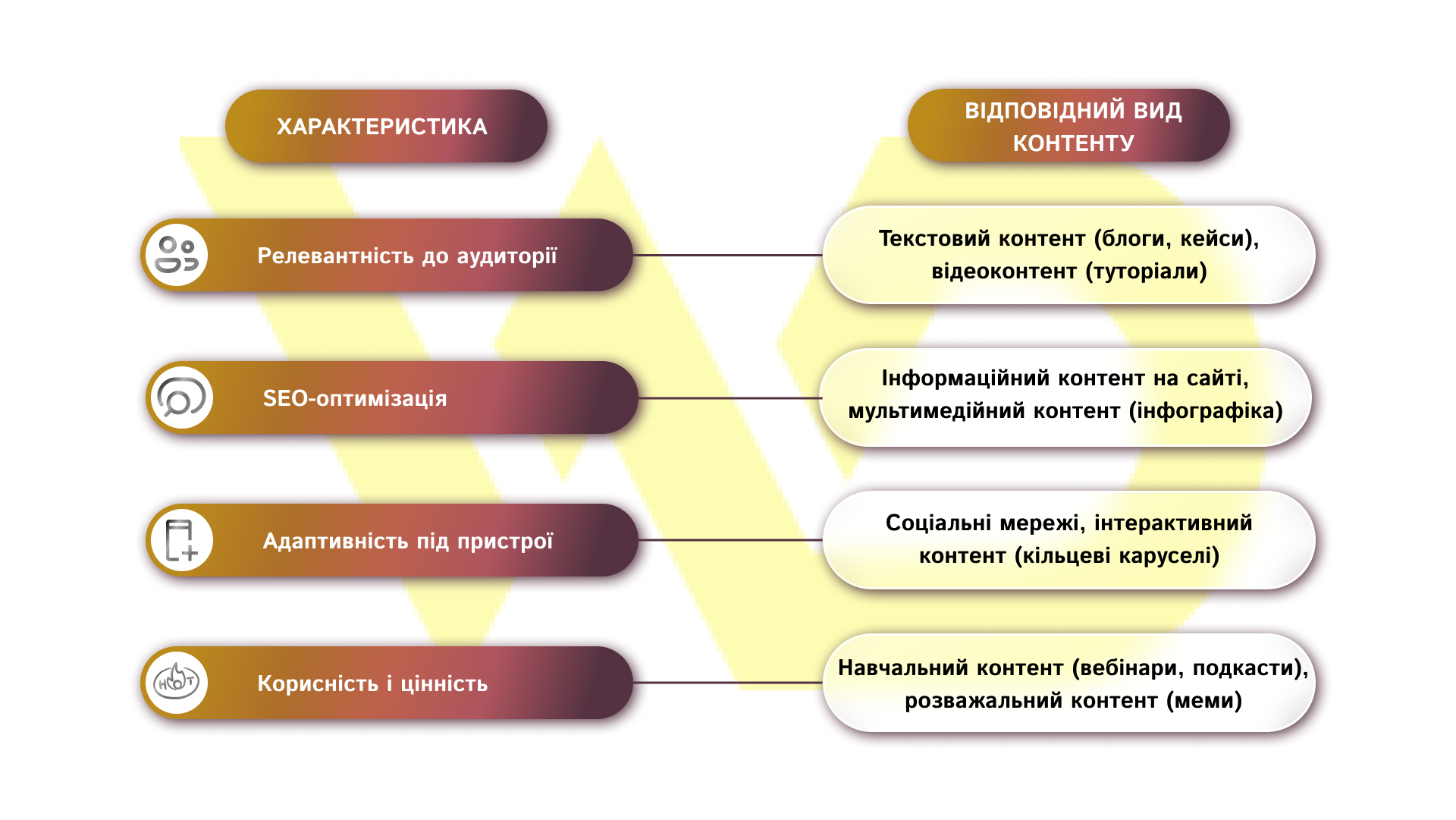
Types of content
There are five key types of digital content: informational (educational), sales-oriented, engaging, viral, and entertainment. Each of them performs its own function in the overall marketing content strategy and works at different stages of the audience engagement funnel.
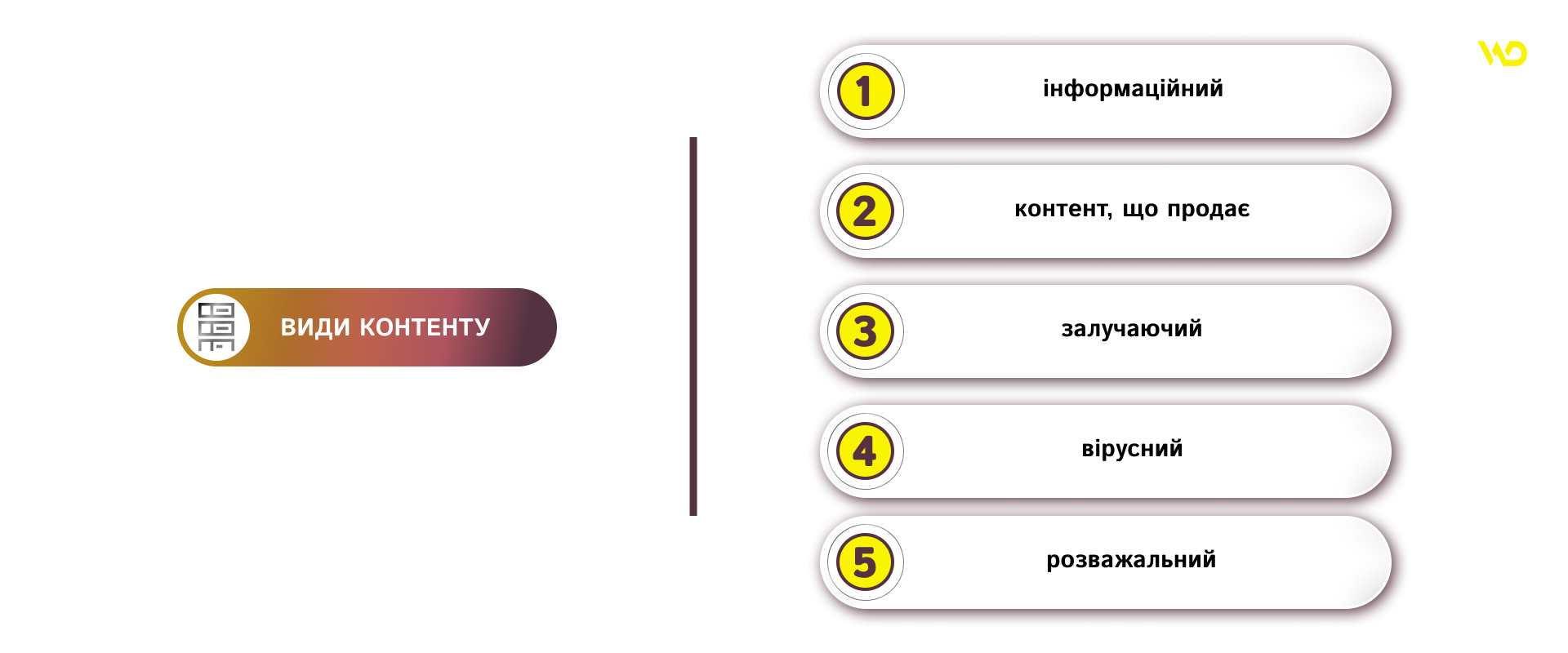
Let’s analyze the definition of each.
Informational content
The purpose of this type is to convey useful, structured, and reliable information. Such material helps the audience find answers to questions, make informed decisions, or learn new things in their area of interest. It builds brand expertise and trust.
This can be realized, for example, through:
- blog articles on topics that are closely related to the specifics of the product or service on the website;
- educational video content on YouTube;
- infographics with the stages of the company’s work;
- industry news, research, statistics;
- guides and checklists for customers.
Therefore, informational content is ideal for websites, corporate blogs, email newsletters, and social networks where the audience is looking for practical benefits and knowledge.
Selling content
The main task of selling content is to motivate the audience to take a specific action: buy a product, use a service, leave a request, or go to a specific landing page. This type of content is created with a focus on the benefits, advantages, and value of the offer.
For example, it can be:
- a product description with arguments for buying;
- advertising banners and landing pages (landing pages);
- video reviews of products;
- email newsletters with special offers;
- Instagram posts with call-to-action (CTA): «Order now», «Leave a request».
The selling view is appropriate for advertising campaigns, promotional pages, commercial newsletters, and social media.
Engaging content
This type of virtual content is aimed at initiating audience activity – comments, reposts, votes, reactions. It improves brand engagement, creates a sense of participation among potential and actual customers, and supports social media activity.
For example:
- polls and tests on Instagram Stories;
- questions to subscribers: «Which box design do you like best?»
- calls to share experiences in the comments;
- carousels with interactive elements;
- flash mobs or thematic challenges.
This type of content is most often used on social media, where the dynamics of interaction and live dialog with subscribers are important.
Viral content
Viral content is created with a view to reach: people should want to forward, repost, and discuss it. The focus is on an emotional reaction that motivates sharing. Viral content doesn’t always sell directly, but it works great for brand awareness.
Examples:
- a meme or joke that is relevant to the business topic;
- unexpected video content with an emotional outcome;
- flash mob or challenge;
- provocative headlines or topics with an emphasis on relevance;
- publications with controversial opinions that provoke discussions.
Important: Virality is not always a predictable effect. But well-thought-out and well-adapted viral content can significantly increase your reach even without a budget.
Entertainment content
This type of viral content creates a positive emotion, associates the brand with ease and pleasant leisure. It reduces the information load, helps to «take a break» from the news feed, and leaves a pleasant impression of the brand.
It is best perceived by the audience:
- animated video content or GIFs;
- comics or witty pictures on professional topics;
- ironic summaries of publications;
- easy polls or quizzes;
- holiday posts with gifts or congratulations.
The entertaining type works perfectly on Instagram, Facebook, and TikTok, platforms where ease of perception and emotional background are important.
Remember. Each of these types of content performs an important task in the overall marketing strategy.
Types of content for social media
Today, digital content on social media plays a key role not only in driving sales but also in shaping public opinion and corporate image. It is here, on Instagram, Facebook, TikTok, and Threads, that brands interact with their audience in real time, respond quickly to requests and trends, and users quickly perceive information thanks to short formats and interactive elements. Active participation in the dialog, the ability to immediately leave feedback or share your own story create a unique space for building trust and loyalty.
The main types are:
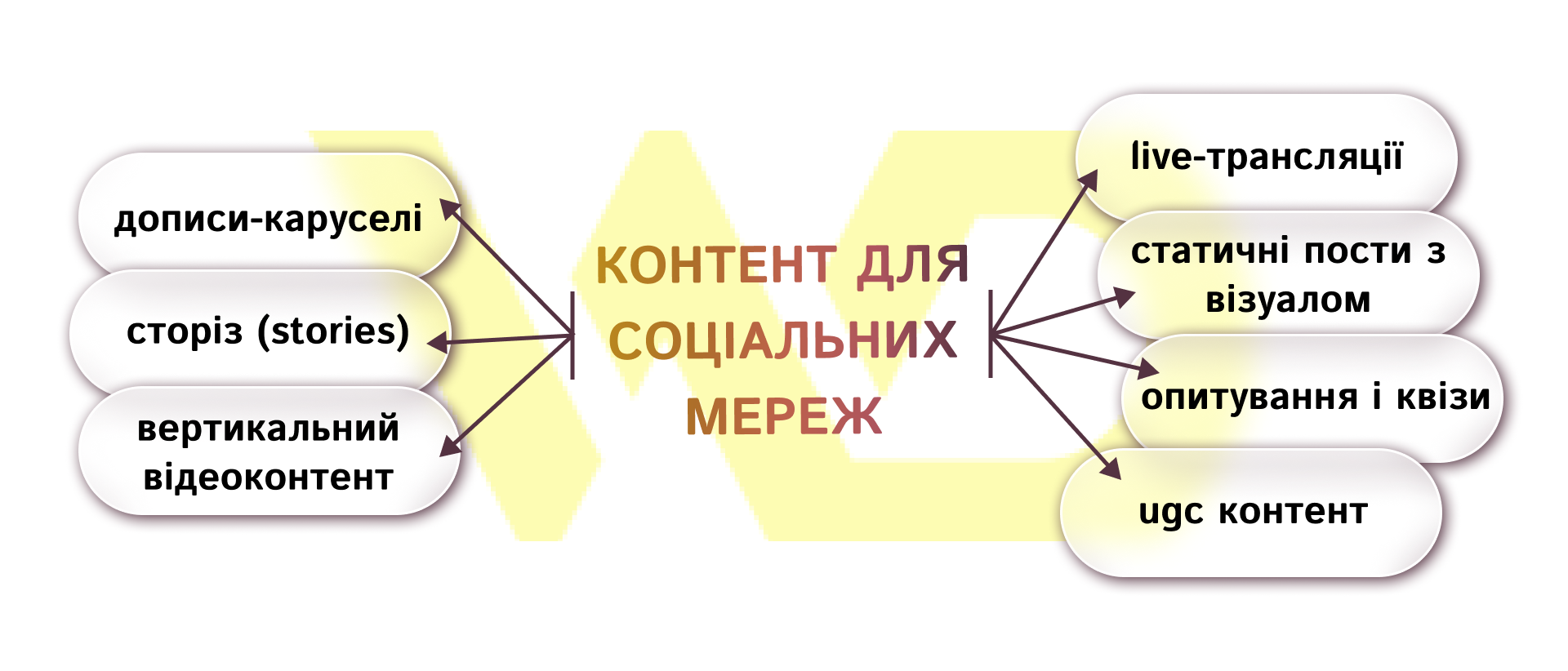
Carousels
One of the most effective types is carousel posts that combine several slides with visual elements and short explanations. Such posts allow you to sequentially unfold one idea or demonstrate the stages of a process, for example, to show the stages of developing a new website design or the steps of creating multimedia material. Thanks to the scrolling feature, the audience stays on the post longer, and carefully selected headlines and graphics help to consolidate the main messages in the memory.
Stories
The Stories format is ideal for quick updates and engaging the audience in the behind-the-scenes life of a brand. Within 24 hours, you can quickly share video and photo posts from the production, demonstrate the start of preparations for a webinar, or immediately collect feedback using interactive stickers. The informal tone and the ability to use polls or challenges create a sense of direct dialog while building trust through transparency and openness. To maximize the reach, multimedia stories should be published both on popular social networks and in messengers (Telegram, WhatsApp).
Reels and TikTok
Vertical video content, most often published on Instagram Reels or TikTok pages, allows you to present information dynamically and with creative editing solutions. For example, you can show your audience tutorials in «simple words» on a business topic, show how to use products from a non-standard angle, or launch your own brand challenge with a branded hashtag. Due to the short length of the videos and the ability to add music, subtitles, and effects, such video content often gains organic reach and encourages viewers to join the trend.
Live broadcasts
The next type of digital content – live broadcasts on social media – provides direct communication with the audience in real time. An interview with an industry expert, a presentation of new services, or answers to customer questions can demonstrate the brand’s expertise and humanity. The audience appreciates the opportunity to get an instant response and feel like a participant in the event, which builds loyalty and increases trust.
Static posts with visuals
Static posts with visual elements such as images, memes, or quotes remain an important part of the content mix. Concise banners with a key message about the promotion, images of team achievements, or witty comics on professional topics create an emotional background and help the brand look modern and close to the audience.
Polls and quizzes
Interactive tools such as polls and quizzes engage users in active interaction. Voting for a new design, testing «What is your content style?» or interactive stories with tips encourage the audience to stay active in the feed and share their experiences.
UGC content (User-Generated Content)
Engaging multimedia digital content created by users (UGC) shows the highest level of trust and authenticity. Photos of customers with products, video reviews of services, or reposts of stories all serve as social proof of quality, go viral, and encourage new followers to join. The naturalness and diversity of such materials strengthens the brand’s image and expands the circle of its fans.
Each of the formats allows you to solve specific tasks: from informing and selling to engaging and creating a community around the brand.
Types of content for email newsletters
Email remains a powerful modern channel for interacting with potential customers online, even in the age of social media and messengers. It allows you to deliver a personalized message directly to the inbox, maintain long-term communication, and build trust. Email marketing is especially relevant for B2B audiences, subscribers who are already familiar with the brand, and those who appreciate the convenience of receiving useful digital content in one place.
Let’s define the following types of content for email newsletters:
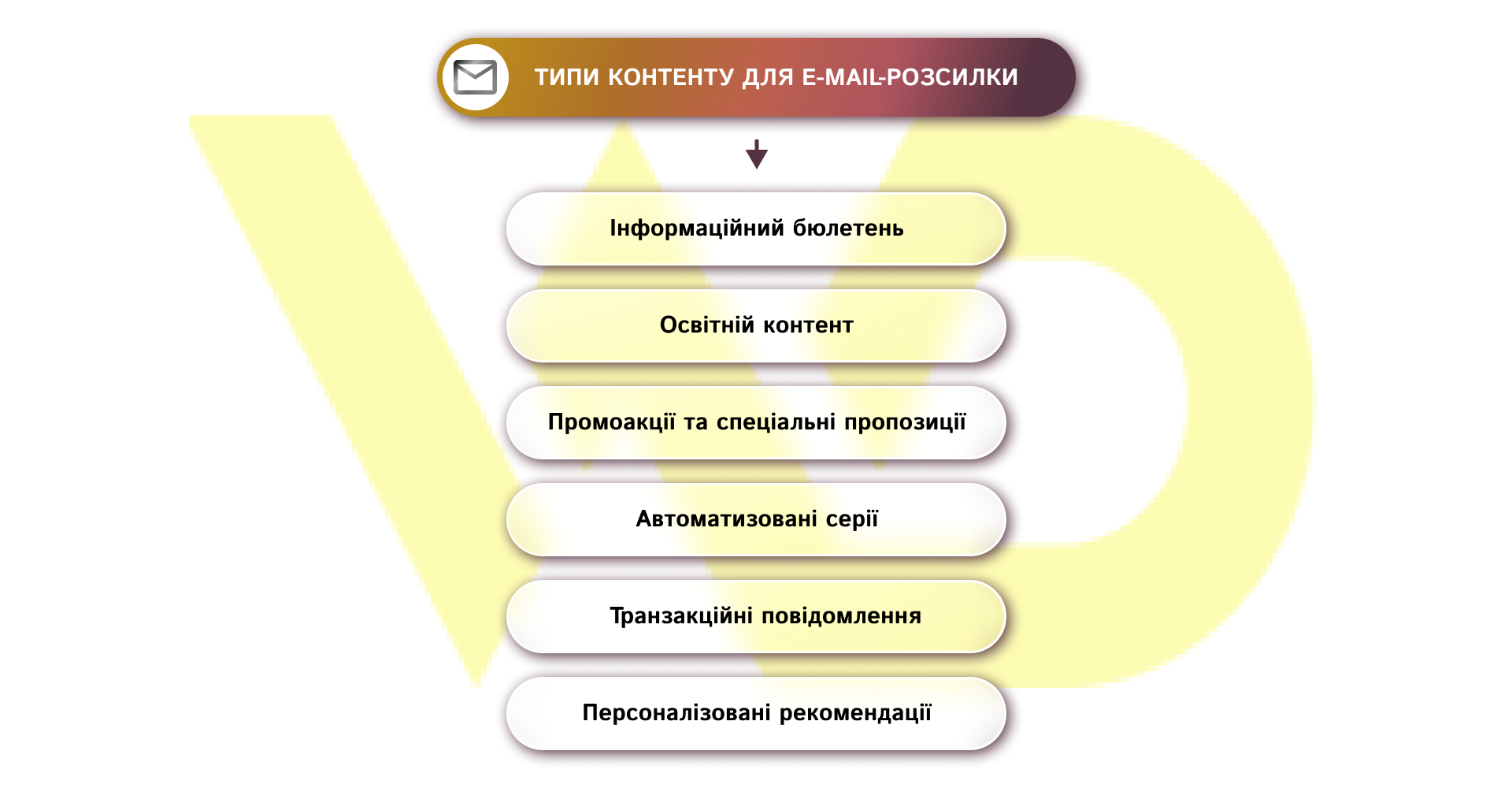
Newsletter
A regular newsletter with a summary of the most important company and industry news. It is convenient to combine announcements of blog posts, mentions of participation in events, and short notes about new cases in such an email. This type of material keeps the attention of regular subscribers and forms the perception of the brand as a source of useful knowledge.
Educational content
Email series with detailed guides, checklists, and video tutorials. For example, five emails about the basics of digital marketing or a step-by-step explanation of how to create a content plan. Such newsletters help to gradually immerse the reader in the topic and increase trust in the brand’s expertise.
Promotions and special offers
A popular type of email content is announcements of promotions, discounts, or new products. They combine a brief description of the benefits, a vivid visual, and a clear call to action. Numbers are often used in the subject line («-20% for the first order») to attract attention and push to click.
Automated series (welcome emails, nurture campaigns)
Chains of triggered emails sent after a certain user action. Welcome emails introduce the brand and offer to download useful material, while nurture campaigns gradually remind users about the service and encourage them to cooperate through educational and motivational content.
Transactional messages
Confirmation of registration, payment, or order status. Although these are technical emails, their added value can be in short tips, company news, or a bonus offer. This approach increases customer satisfaction and further stimulates repeat purchases.
Personalized recommendations
Emails with data-driven offers: similar products, the most popular services, or content that complements a previous purchase. Recommendations based on a user’s interests and behavior increase click-through rates and conversions, as the sense of attention and individualized attention builds loyalty.
All these types of digital content can be combined in a single email strategy, adapting the frequency and format to the needs of the audience and business goals.
Key mistakes in content creation and how to avoid them
The modern ideal content for the Internet combines a thorough study of the audience, logical construction, and focus on real user requests. The most common gaps reduce the effectiveness of publications and undermine brand trust. We analyzed the key characteristics of high-quality digital content at the beginning of the article, so let’s look at just a few critical points and how to address them.
- Focusing on your own preferences instead of subscribers’ expectations.
Focusing exclusively on your own hobbies instead of the real needs of your subscribers alienates the audience: the material looks like a personal diary, not a useful resource. To avoid this, it is necessary to collect and analyze data about the target group – through questionnaires, in-depth interviews, or social media. Having found out the real pains and needs, the content topics can be smoothly adjusted to the interests of readers and make each material as relevant as possible.
- Lack of a specific goal and benefit.
After customizing the topic to the audience’s needs, it’s important to provide the material with a clear purpose and practical value. Without this, even well-chosen topics quickly lose their relevance: the text becomes vague and interest is minimal. To avoid this, at the planning stage, you should answer two key questions: what exactly will the reader receive and what specific tasks each piece of content solves.
- Breaks in publications and chaos in the schedule.
Disorganization in the output of material immediately affects the interest of the audience and the impact on search algorithms: infrequent publications or long pauses cause a decrease in traffic and worse positions in search results. Clearing this chaos begins with the development of a clearly structured content plan, where each release date is fixed along with the people responsible for creating and publishing it. Additional backup topics help to avoid disruptions in case of force majeure, ensuring the continuity of publications and the stable development of the project.
- Universal phrases without support.
Using general epithets such as «unique» or «effective» without any evidence generates skepticism and does not build trust. Instead, each statement is supported by numbers, specific cases, customer testimonials, and visualizations of results. This approach allows you to show the real value of the material and increase the level of persuasiveness.
Avoiding these mistakes ensures a logical structure, relevance, and high quality of the material. Regular analysis of the results and adjustments to the content plan allow you to keep your marketing strategy up-to-date, build trust, and achieve your KPI. And this approach creates a solid foundation for long-term interaction with the target audience and stable brand growth.

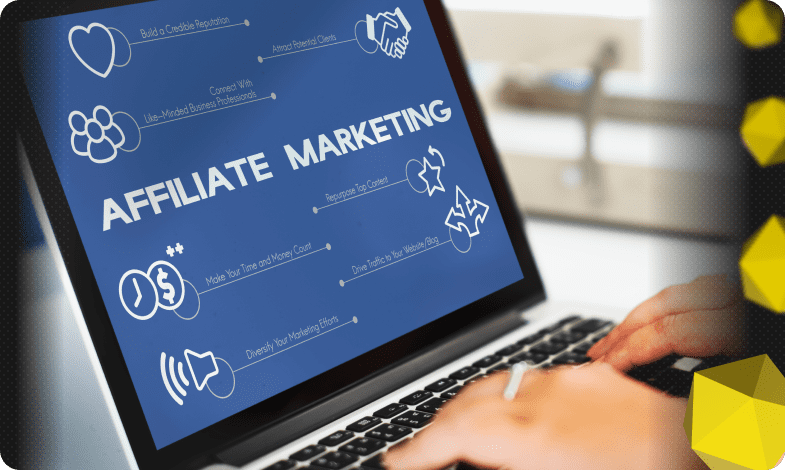




 23/09/2025
23/09/2025  1378
1378



